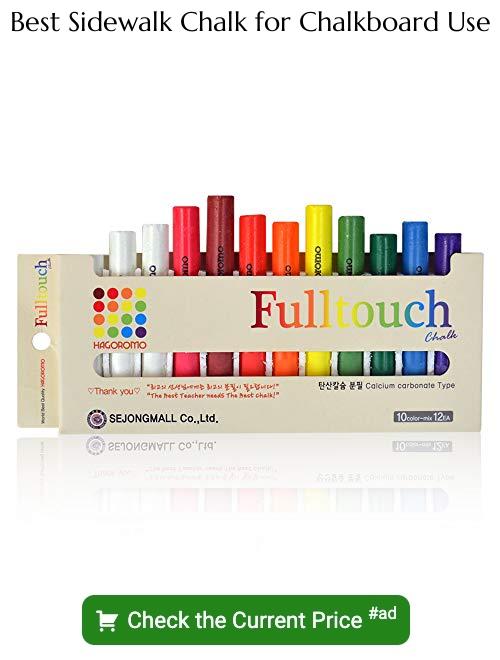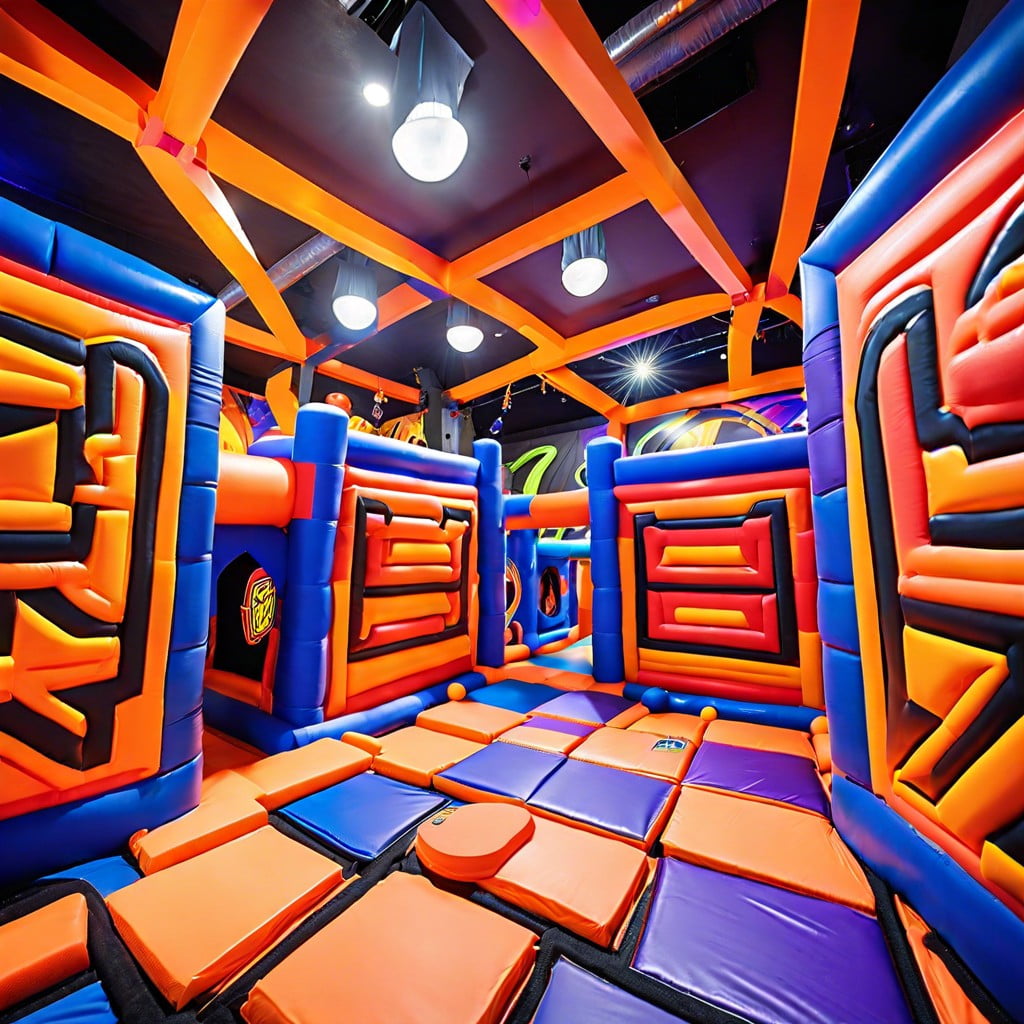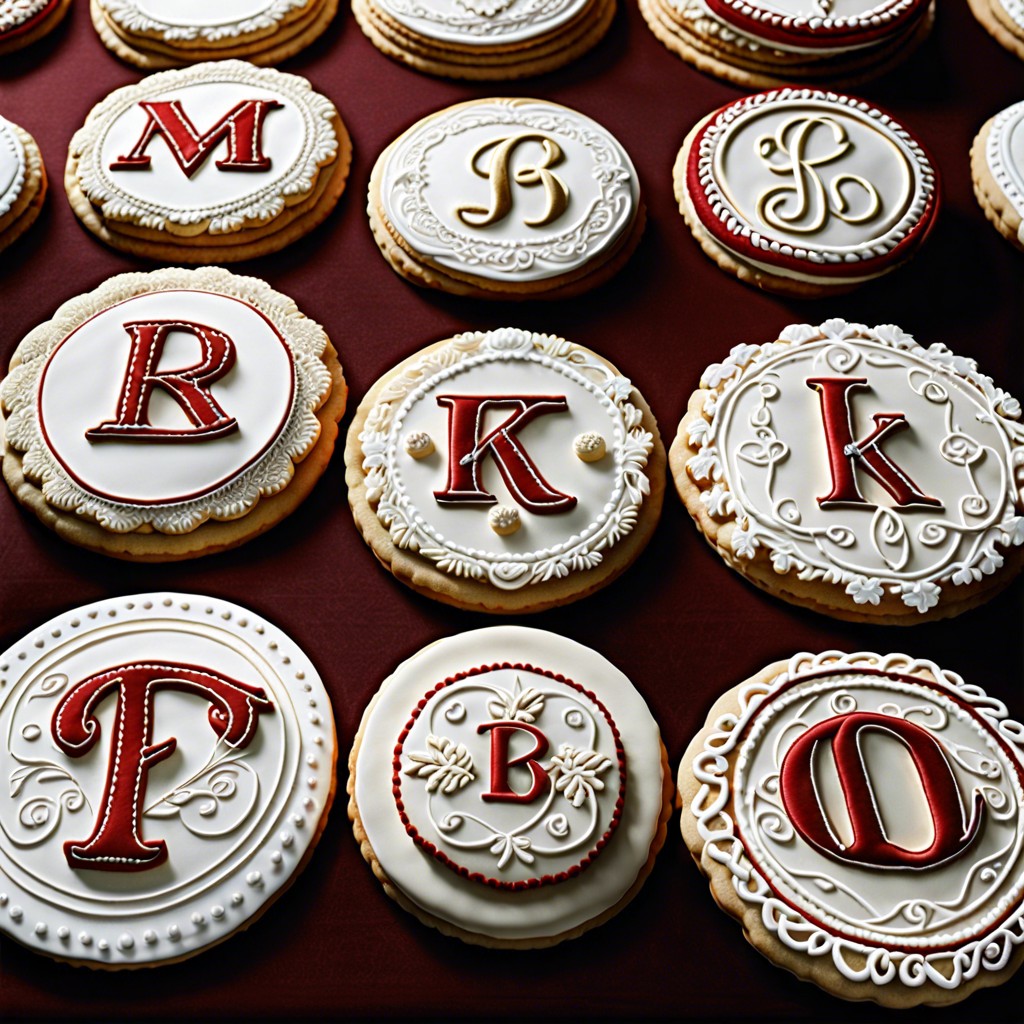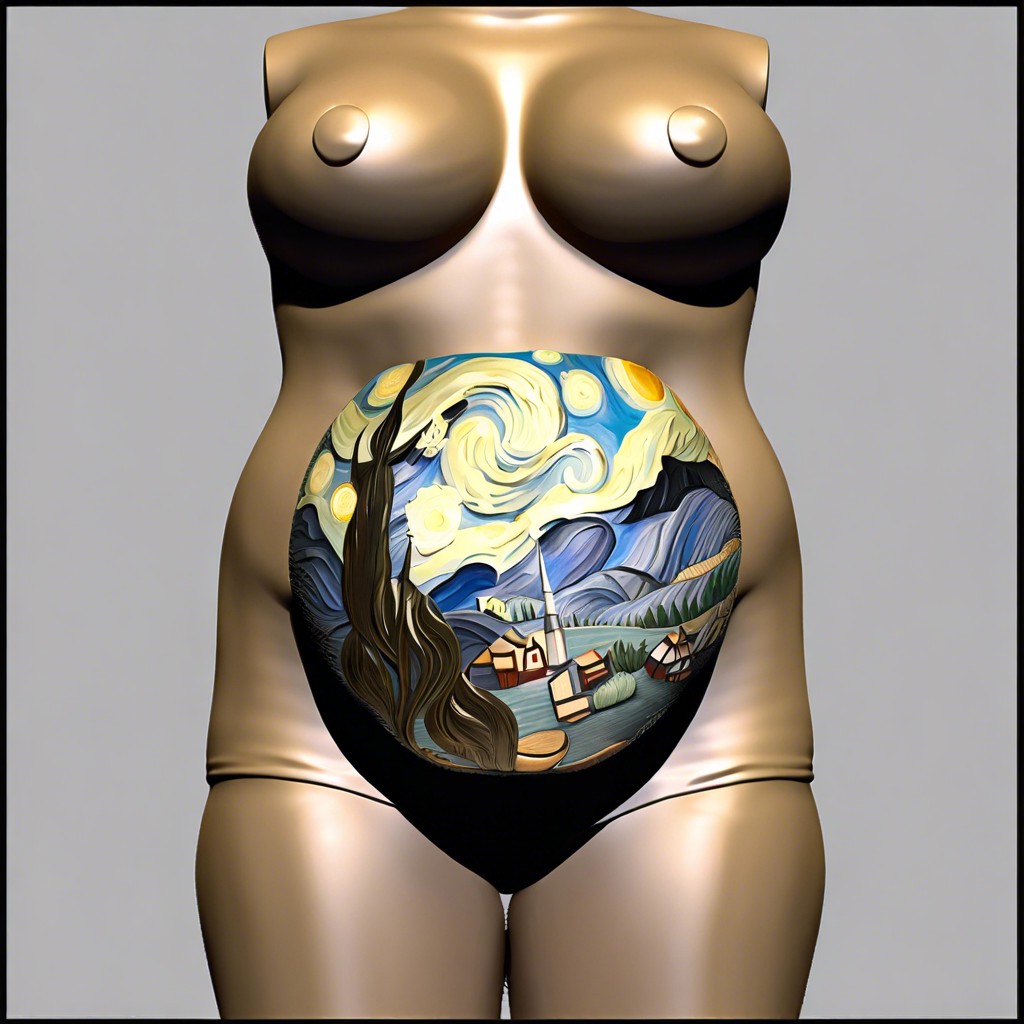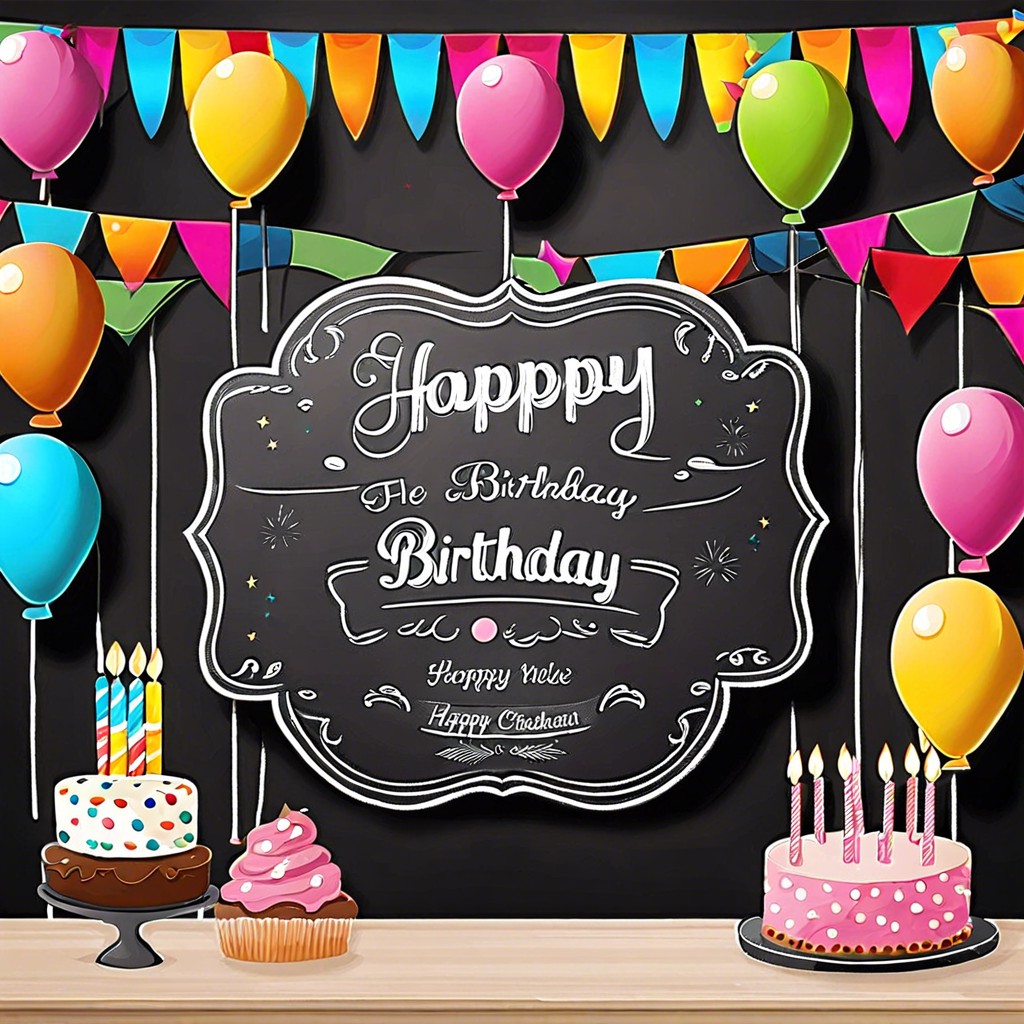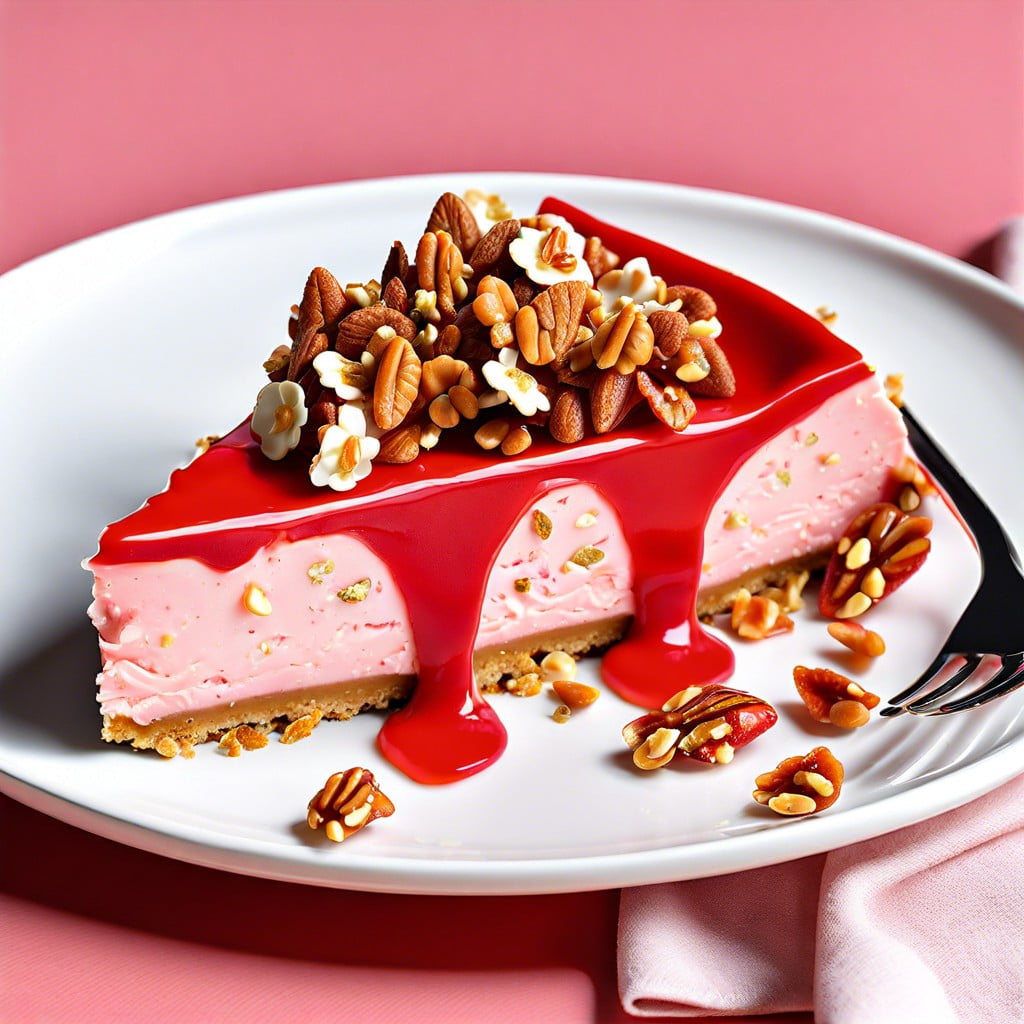Last updated on
Discover the possibilities of using sidewalk chalk on a chalkboard as we dive into its effectiveness, compatibility, and creative potential!
Have you ever found yourself in a situation where you have a chalkboard, but no chalk? Or maybe you have some sidewalk chalk lying around and wonder if it could work on your classroom’s board? Well, wonder no more! In this article, we will explore the question: can you use sidewalk chalk on a chalkboard? We’ll delve into the differences between these two types of chalk and whether or not they are interchangeable. So, let’s get started!
Key takeaways:
- Sidewalk chalk is made of gypsum and has a paste-like consistency.
- Chalkboards have a smooth texture, while sidewalks are rougher.
- Sidewalk and chalkboard chalk have different compositions and pigmentation levels.
- Using sidewalk chalk on a chalkboard can cause damage and leave stains.
- If you decide to use sidewalk chalk on a chalkboard, clean it thoroughly afterward.
Sidewalk Chalk Composition
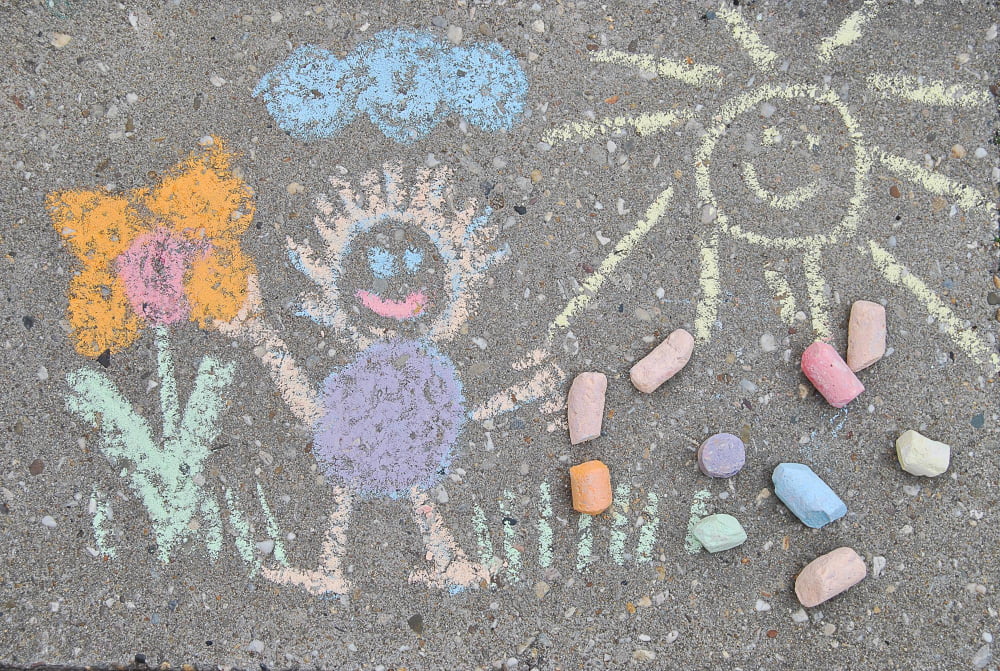
Sidewalk chalk is a popular medium for outdoor art and play. It’s made of gypsum, which is a soft mineral that can be ground into powder form.
The powder is then mixed with water to create the paste-like consistency that we know as sidewalk chalk.
The composition of sidewalk chalk makes it different from traditional classroom or blackboard chalk, which typically contains calcium carbonate. Calcium carbonate gives regular chalk its characteristic white color and smooth texture.
Because of these differences in composition, some people wonder if they can use sidewalk chalk on their classroom or blackboard surfaces without causing damage or leaving stains behind.
Chalkboard Surface Material
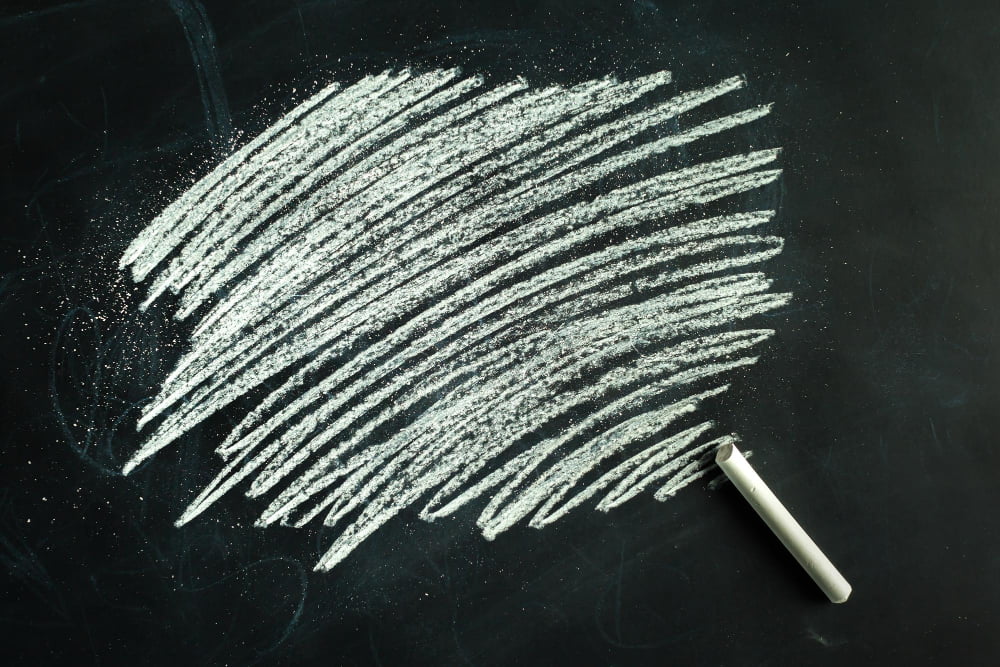
Chalkboards are typically made from slate or porcelain enamel-coated steel, while sidewalk surfaces can vary from concrete to asphalt. The texture and porosity of these materials differ greatly, which affects how well chalk adheres and erases.
Chalkboard surfaces have a smooth texture that allows for easy writing and drawing with traditional chalk sticks. Sidewalks tend to be rougher in texture due to their porous nature, making it more difficult for the softer sidewalk chalk sticks to adhere properly.
However, this doesn’t mean you can’t use sidewalk chalk on a chalkboard! In fact, some people prefer using wet sidewalk colors as they produce brighter hues than regular dry ones. Wetting your stick before use also helps reduce dust production when writing or drawing.
Comparing Sidewalk and Chalkboard Chalk
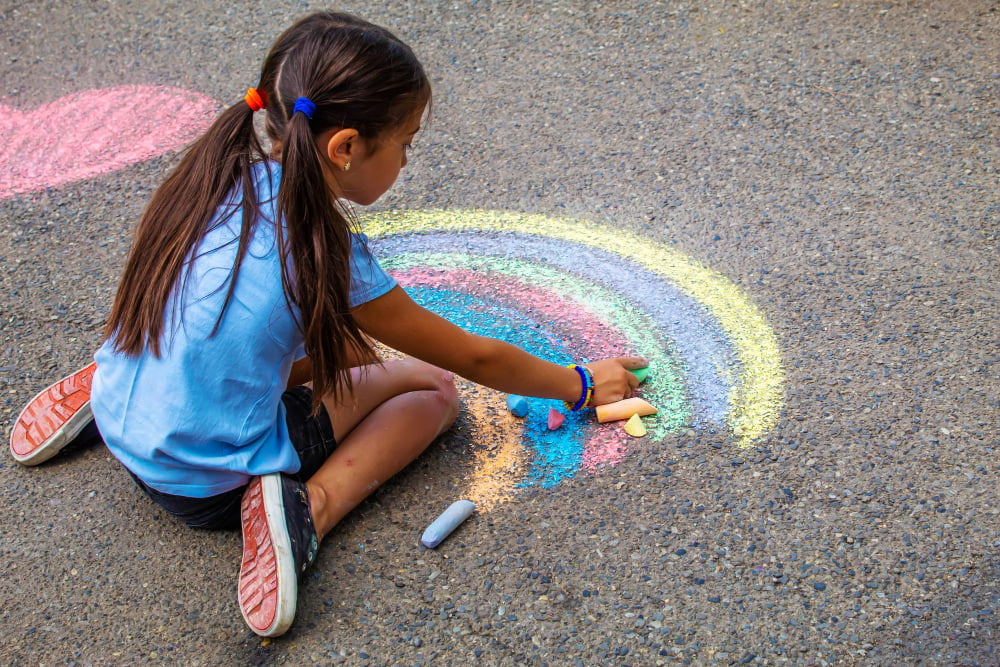
Sidewalk chalk is typically larger in size and has a rougher texture than its counterpart. It’s designed for outdoor use on concrete surfaces like sidewalks or driveways, while the smaller-sized chalkboard version is intended for indoor use on smooth surfaces such as slate or porcelain-coated steel.
One of the most significant differences between these two types of chalk lies in their composition. Sidewalk chalk contains more binding agents that help it adhere to rough outdoor surfaces better, whereas traditional classroom-style whiteboards require a smoother formula that won’t scratch or damage them.
Another difference between sidewalk and blackboard chalking lies in their pigmentation levels. While both can produce vibrant colors when used correctly, sidewalk versions tend to be brighter due to their higher pigment concentration levels.
Although they may look similar at first glance – with both being made from calcium carbonate – there are some key differences between sidewalk and blackboard chalking materials that make them suitable only for specific purposes.
Is Sidewalk Chalk OK for Chalkboards?
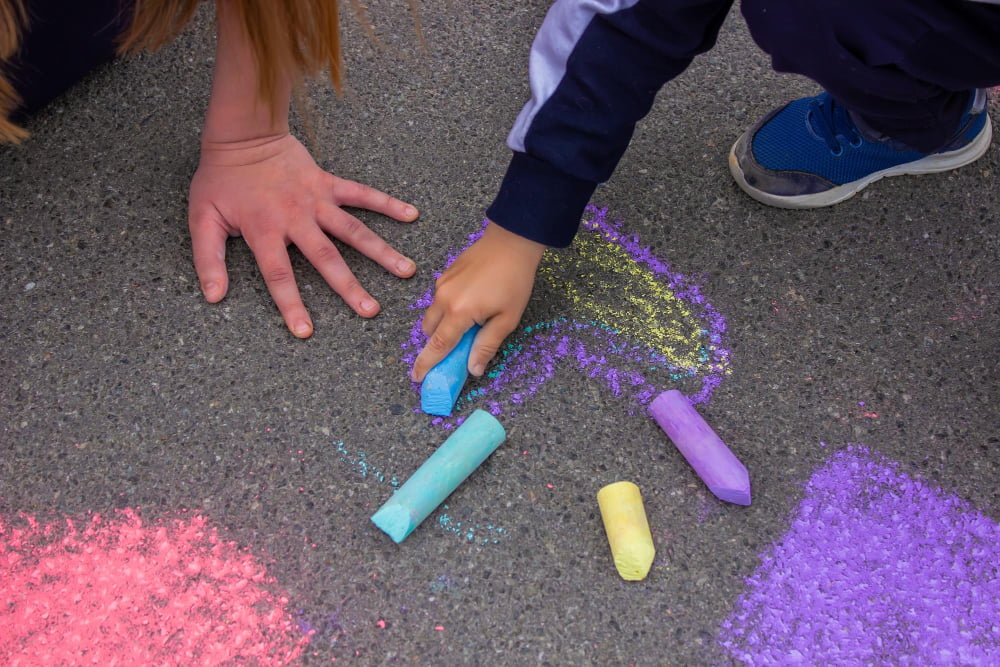
While both types of chalk are made from similar materials, they have some key differences that can affect their compatibility with each other.
Sidewalk chalk is typically larger and softer than traditional classroom or office board chalk. It’s designed to be used on rough surfaces like concrete sidewalks and pavement, which means it may not work well on smooth surfaces like a traditional slate or porcelain-coated steel classroom board.
Sidewalk chalk tends to produce more dust than regular boardchalk when writing or drawing. This can cause problems for people who suffer from allergies or respiratory issues if inhaled in large quantities.
While you technically could use sidewalkchalkonachalkboard,it’snot recommended due to these factors. If you do decide touseit,you should be prepared for potential difficulties such as harder-to-read writing and increased messiness during cleanup.
Potential Damages to Chalkboard
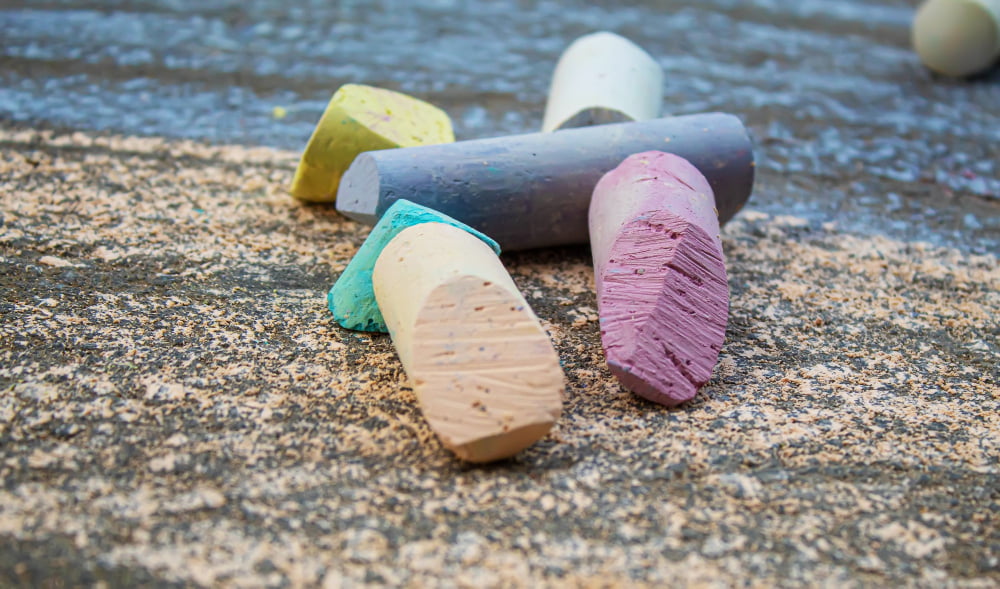
One of the main concerns is that sidewalk chalk contains larger particles than traditional classroom chalk. These particles can scratch and damage the surface of your board over time, leaving permanent marks or even causing irreparable harm.
Another issue with using sidewalk chalk on a regular basis is its tendency to leave behind residue and stains. Unlike traditional whiteboard markers or dry erase pens, which wipe away easily with a cloth or eraser, removing colored dust from sidewalks requires more effort and cleaning products.
If you do decide to use sidewalk chalk on your board occasionally for artistic purposes or as an alternative when you run out of regular classroom supplies, make sure to clean it thoroughly afterward using appropriate cleaning solutions recommended by the manufacturer.
Cleaning Chalkboards After Sidewalk Chalk Use
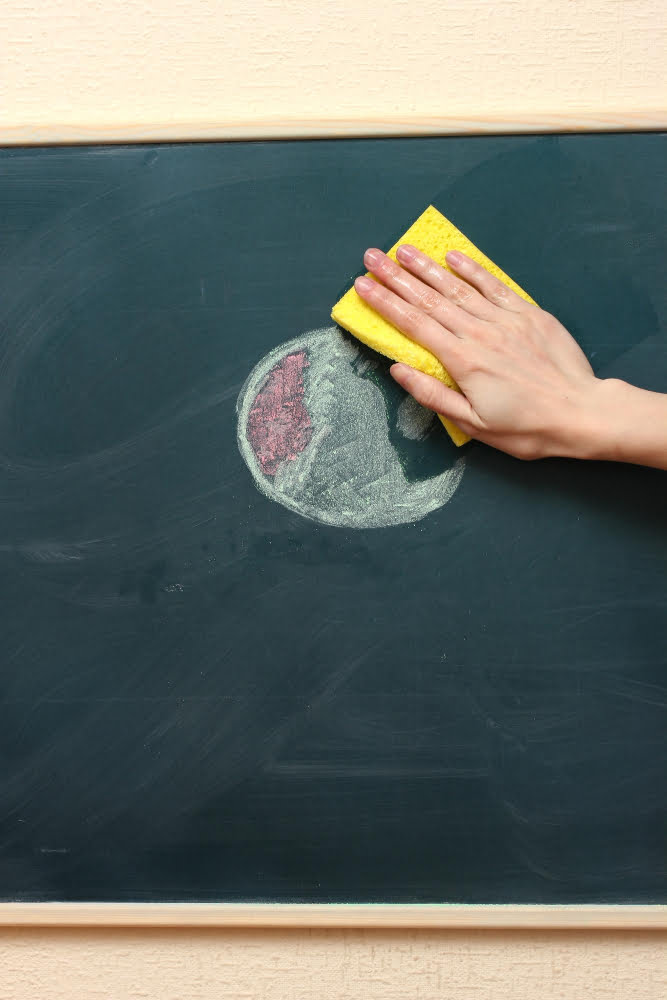
While sidewalk chalk can be a fun and creative way to decorate your board, it can also leave behind stubborn stains if not cleaned properly.
To start cleaning your board, you’ll need some basic supplies such as water and a soft cloth or sponge. Begin by wiping away any loose debris with the dry cloth or eraser.
Then dampen the cloth or sponge with water and gently wipe over the stained areas until they disappear.
If there are still visible marks left behind after using water alone, try adding vinegar into your cleaning solution for an extra boost of power against tough stains. Simply mix equal parts of white vinegar and warm water in a spray bottle then apply onto affected areas before wiping them down again with another dampened cloth.
It’s important not to scrub too hard when cleaning as this could damage both the surface of your board as well as any artwork created on top of it! Once you’ve finished removing all traces of sidewalk chalk from your board, make sure to let everything dry completely before using again for best results.
Tips for Removing Stains On Chalkboards
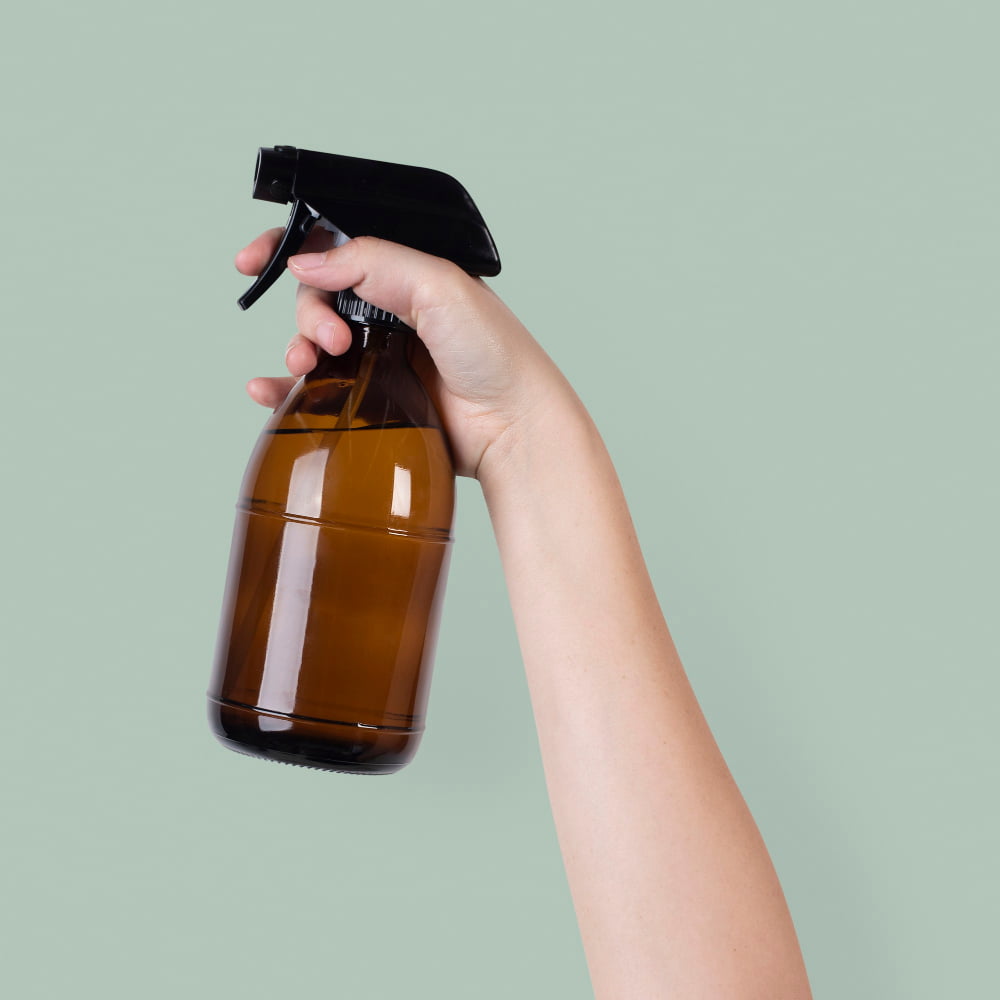
Don’t worry, there are ways to remove these marks and keep your board looking clean and fresh.
One effective method is to use a damp cloth or sponge with warm water. Gently rub the stained area until the mark disappears.
For tougher stains, mix equal parts of vinegar and water in a spray bottle and apply it directly onto the stain. Let it sit for several minutes before wiping away with a damp cloth.
Another option is to use rubbing alcohol on stubborn stains by applying some onto a cotton ball or pad then gently rubbing over the affected area until clean.
It’s important not to use abrasive materials like steel wool as they can damage your chalkboard surface permanently.
Common Concerns About Sidewalk Chalk On Chalkboards
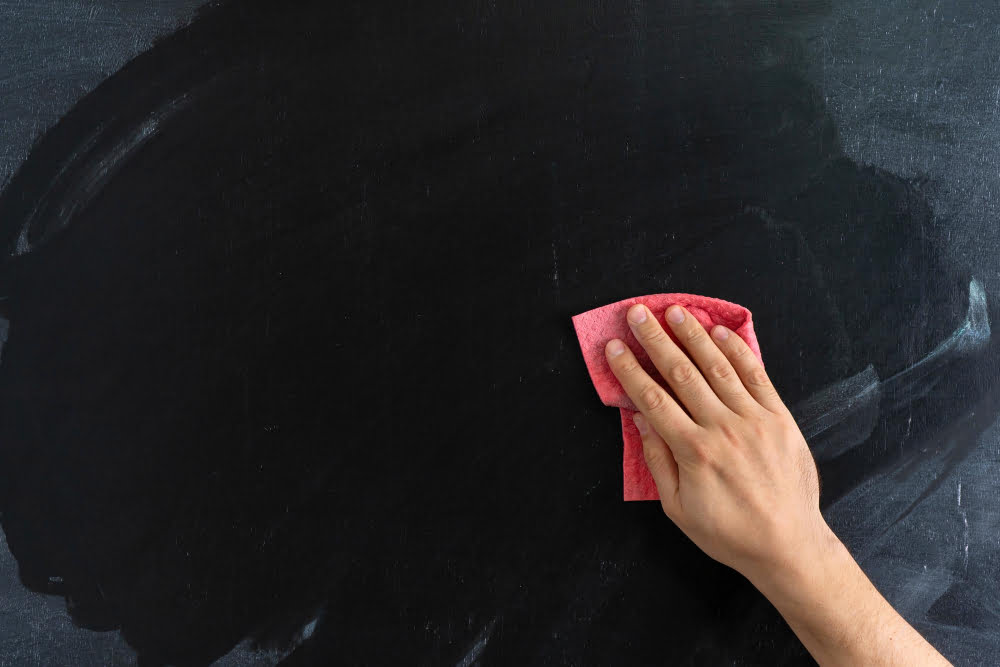
While sidewalk chalk is generally safe for use on most surfaces, including concrete and asphalt, some people worry that its abrasive nature could scratch or harm their board.
Another concern is whether or not the colors from sidewalk chalk will transfer onto your board permanently. This can be especially worrisome if you have a light-colored board that may show stains more easily.
However, with proper care and attention, these concerns can be addressed effectively. For example, before using any type of chalk on your board – including sidewalk – make sure to clean it thoroughly first with a damp cloth to remove any dust or debris that might cause scratches.
If you’re worried about color transfer from wet sidewalks onto your boards after rain showers; consider waiting until they dry out completely before drawing anything new so as not risk staining them permanently!
Can You Use Sidewalk Chalk On Chalkboard Paint or Chalkboard Wall?
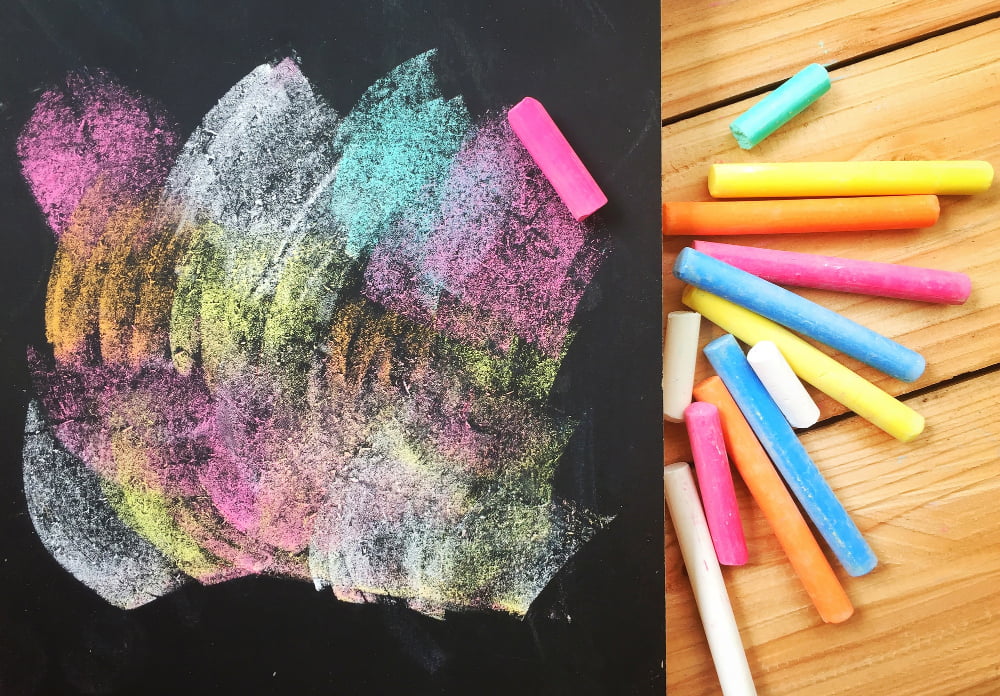
The answer is yes! Sidewalk chalk can be used on both painted and walled surfaces without causing any damage. However, it’s important to note that the quality of the surface will affect how well the sidewalk chalk adheres and erases.
Chalkboard paint creates a porous surface that allows for easy writing with regular or sidewalk chalk. On the other hand, some types of walls may not provide enough texture for proper adherence by sidewalk chalking.
When using sidewalks on painted surfaces like walls or furniture pieces coated with blackboards paints ensure they are clean before drawing anything as dirt can interfere with its effectiveness.
Artistic Possibilities With Sidewalk Chalk
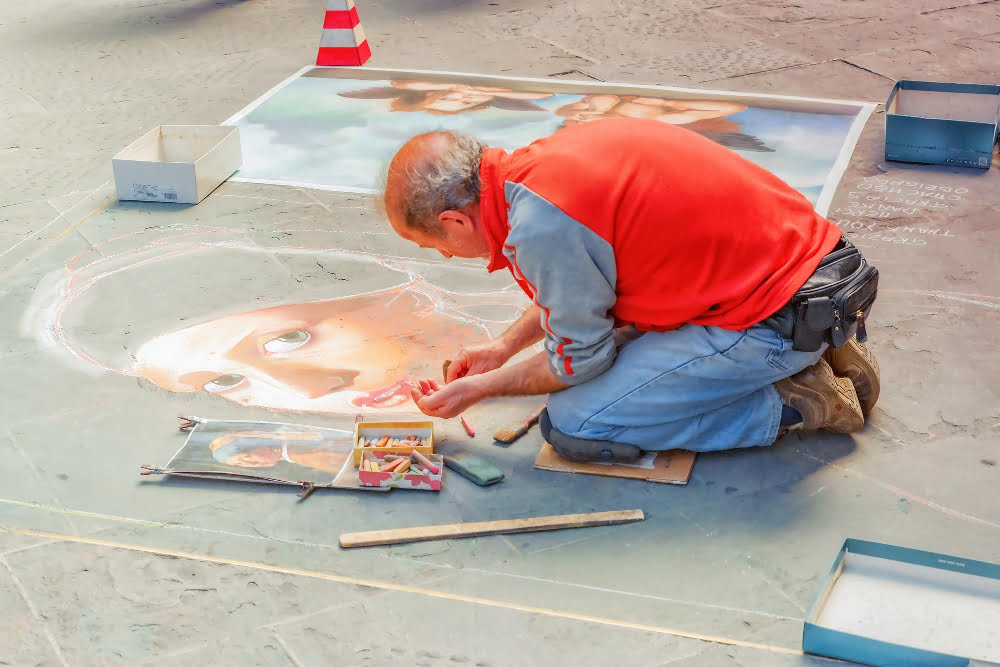
The vibrant colors and soft texture of sidewalk chalk make it an excellent choice for creating temporary art on sidewalks, driveways, and even walls.
But what about using sidewalk chalk on a chalkboard? Can you create beautiful artwork that way too? Absolutely! In fact, using sidewalk chalk on a blackboard can give your artwork an entirely different look and feel than traditional white or colored board markers.
One advantage of using sidewalk chalk is that it allows you to blend colors easily. You can create gradients by layering different shades together or use water to mix them directly onto the board surface.
This technique works particularly well if you’re going for a more realistic style in your drawings.
Another benefit of working with this type of medium is its versatility. You can use it to draw anything from simple shapes and patterns to intricate designs or even portraits if you have enough skill!
Easier to Handle
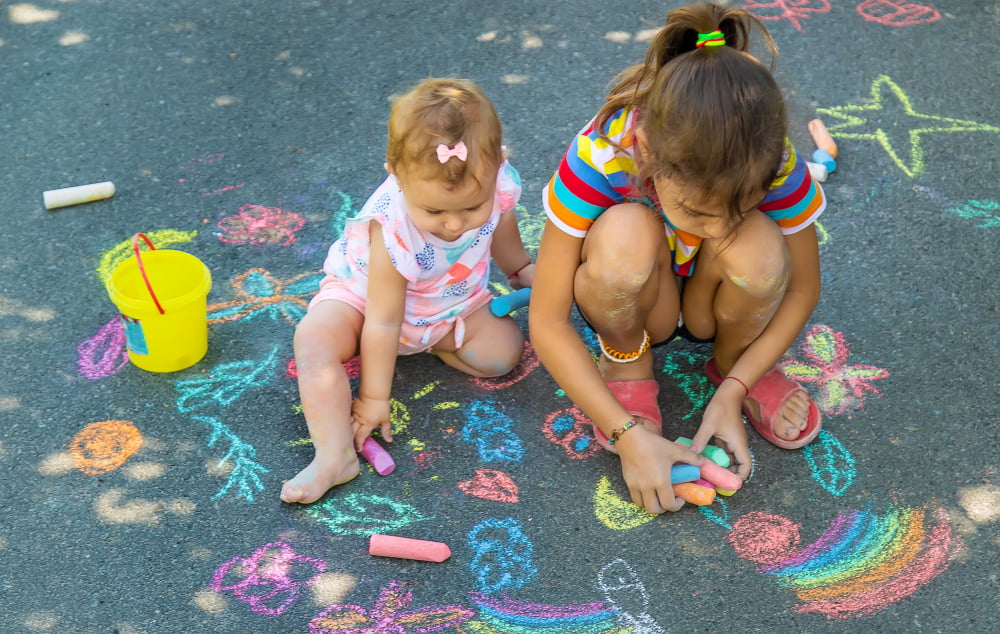
Sidewalk chalk is thicker and wider, making it more comfortable for children and adults alike to grip. This makes it an excellent choice for those who have difficulty holding onto smaller objects or suffer from arthritis or other hand conditions.
Sidewalk chalk tends to be less dusty than traditional classroom chalk. This means that you won’t have as much of a mess on your hands (or clothes) when using this type of medium on a board.
Wet Colors
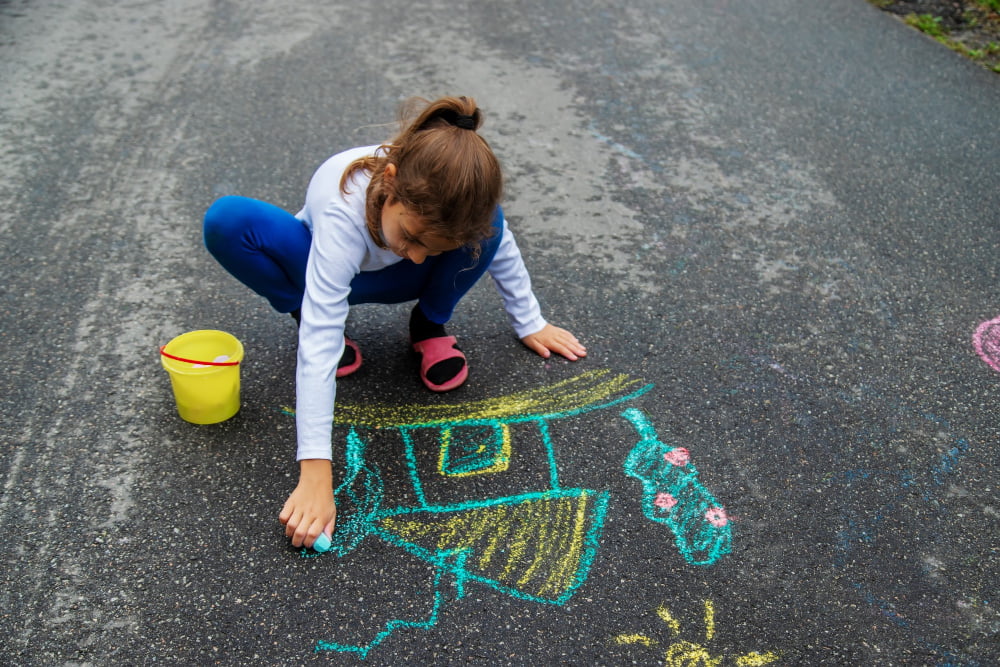
Unlike traditional chalk, which can only be used dry, sidewalk chalk can also be used wet. When you add water to the mix, you get a whole new range of vibrant and intense colors that are perfect for creating bold designs on your chalkboard.
To use sidewalk chalk wet on a board, all you need is some water and a paintbrush or sponge. Dip your brush or sponge into the water and then onto the piece of sidewalk chalk until it’s saturated with color.
Then apply it directly onto your board surface.
The result is stunning! The colors become more vivid when they’re mixed with water than when they’re applied dry because this allows them to blend together seamlessly without leaving any gaps in between strokes.
Easy Cleanup
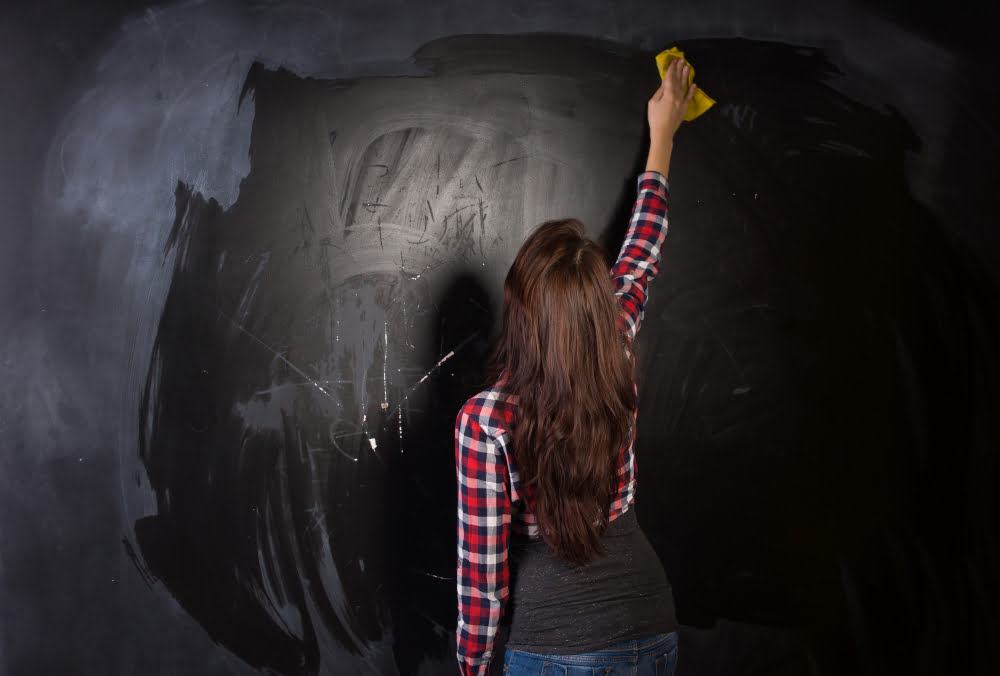
Unlike traditional chalk, which can leave behind stubborn residue and dust, sidewalk chalk wipes away cleanly with just a damp cloth or eraser. This makes it an ideal choice for classrooms or homes where mess-free activities are preferred.
However, it’s important to note that not all surfaces are created equal when it comes to cleaning up after using sidewalk chalk on them. Some porous materials may require more effort and time to remove any leftover stains or marks.
To ensure easy cleanup every time you use sidewalk chalk on your board, make sure you choose high-quality products that don’t contain any harmful chemicals or additives that could damage the surface over time. Always wipe down your board thoroughly after each use and avoid leaving any wet spots behind as they can cause discoloration if left unattended for too long.
How to Use Sidewalk Chalk On a Chalkboard?
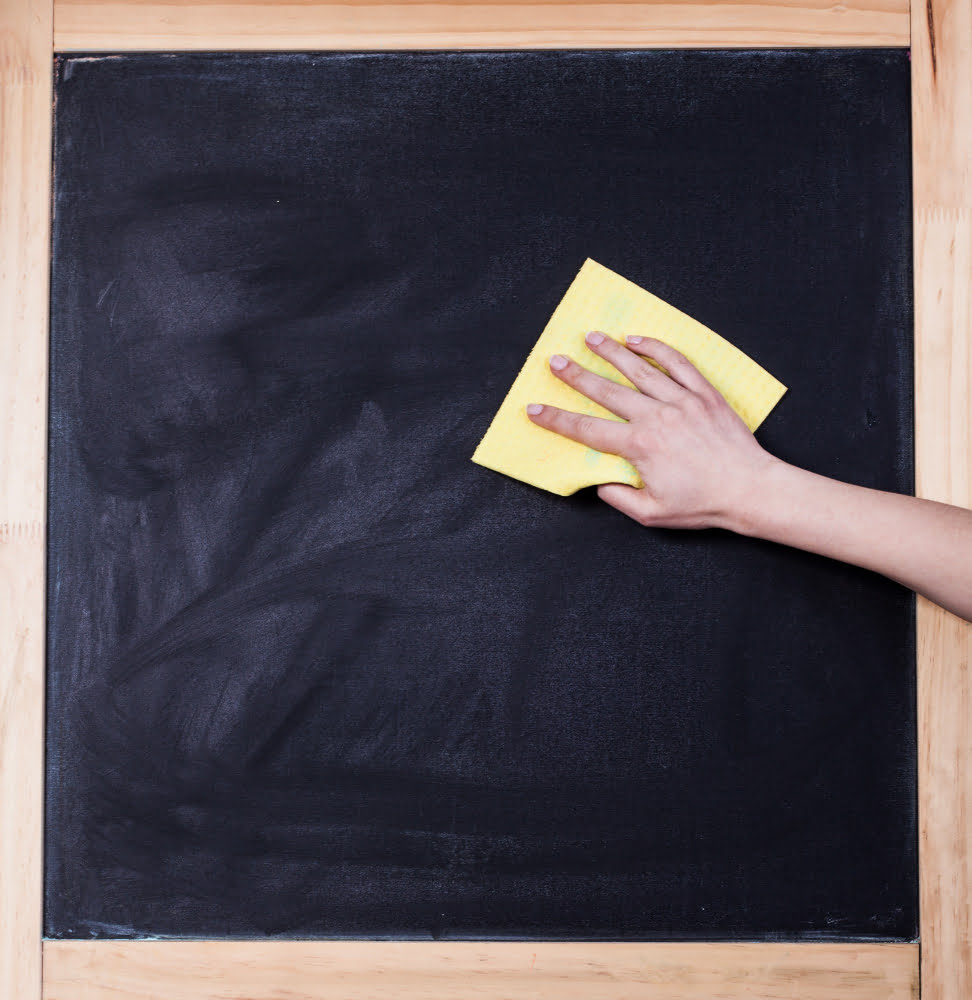
First and foremost, make sure the surface of your board is clean and free of any debris or residue from previous uses. This will ensure that the sidewalk chalk adheres properly and doesn’t smudge or smear.
Next, consider using wet sidewalk chalk for best results. Wetting the tip of your sidewalk chalk before drawing on the board can help it adhere better to its surface while also providing brighter colors.
When using wet sidewalk chalk on a board, be mindful not to press too hard as this may damage both your artwork and potentially even scratch up your board’s surface material over time.
Direct Use
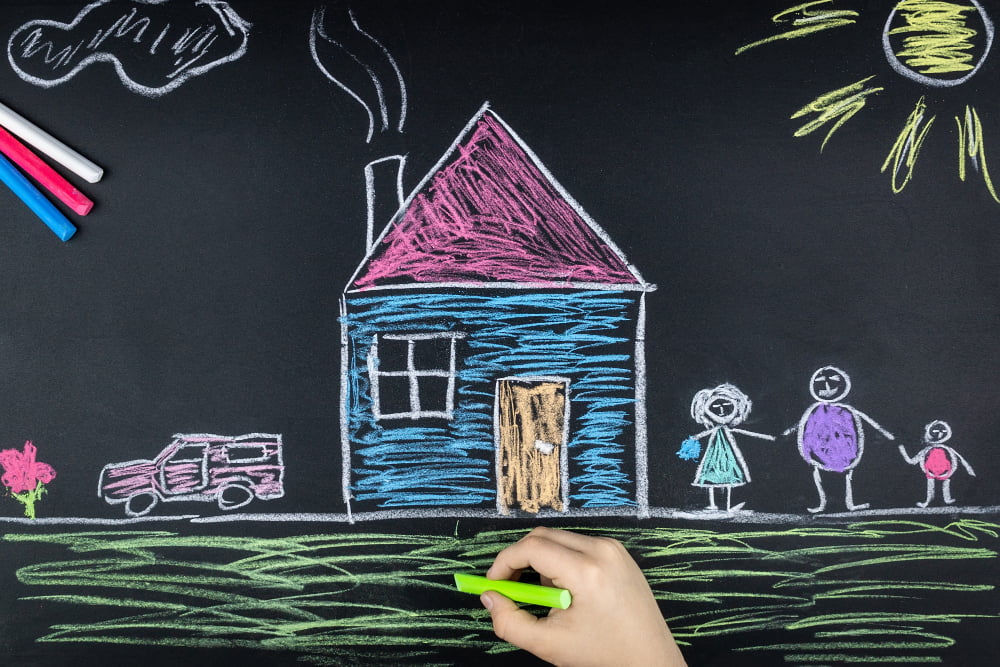
Sidewalk chalk has a rougher texture than traditional classroom chalk, which can cause scratches and damage to the surface of your board over time. Sidewalk chalk tends to produce more dust than regular classroom or liquid-chalk markers.
However, if you’re in a pinch and need something to write with immediately, using sidewalk chalk directly on your board can work as long as you are gentle with it. To avoid damaging the surface of your board when using this method:
- Use light pressure when writing or drawing
- Avoid pressing too hard or grinding the stick into the surface
- Clean up any excess dust regularly
Wet Sidewalk Chalk
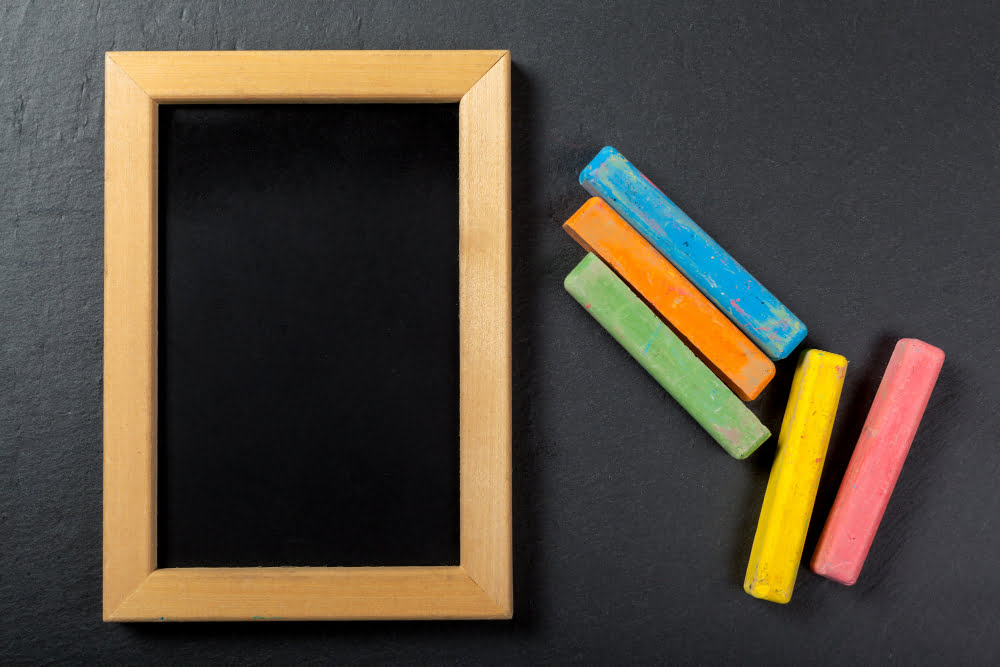
It’s easy to make, and it provides vibrant colors that are perfect for drawing or writing on the board. To create wet sidewalk chalk, all you need is some water and your favorite colors of sidewalk chalk.
To start, choose the color(s) of sidewalk chalk you want to use. Then, dip them in a bowl of water for about 30 seconds until they become saturated with water.
Once they’re fully soaked up with liquid, take them out from the bowl and start drawing on your board.
The result will be more intense than using dry sticks because wetting releases pigments trapped inside each stick’s pores; thus creating brighter hues that stand out even from afar.
However, keep in mind that while this method can produce beautiful results when used correctly – it can also cause damage if not handled properly! Wetting too much may lead to dripping which could stain surfaces or leave marks behind after drying up completely; so be sure only ever lightly dampen each piece before starting any artwork session!
Alternatives to Sidewalk Chalk for Chalkboards
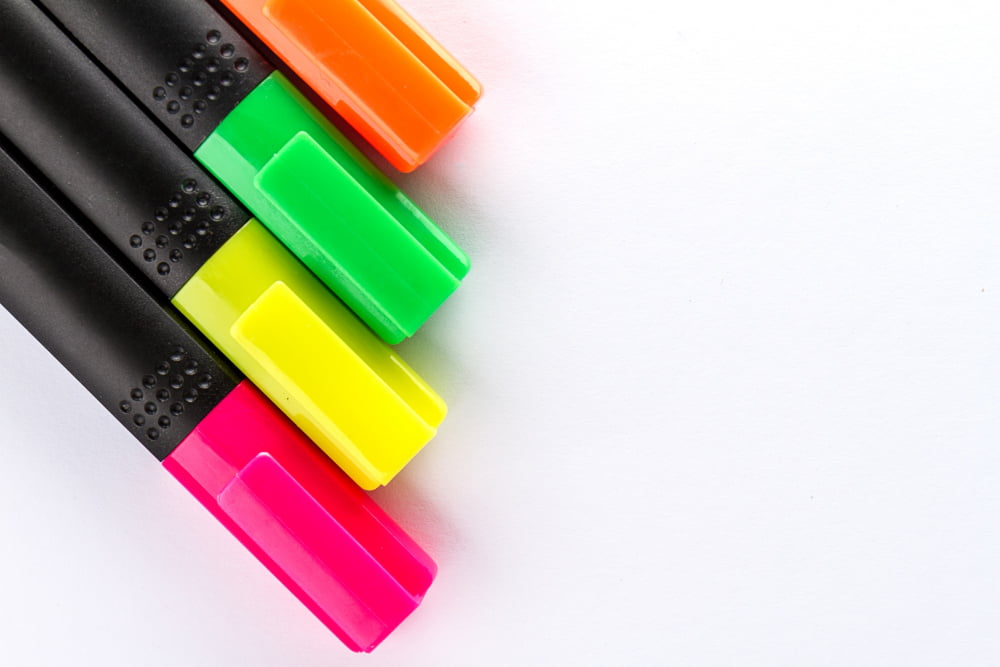
If you’re looking for alternatives to sidewalk chalk for your board, there are several options available.
One alternative is liquid chalk markers. These markers come in a variety of colors and are perfect for creating bold designs on your board.
They also have the added benefit of being easy to clean up with just water.
Another option is traditional white or colored chalk sticks that are specifically designed for use on blackboards or green boards. These types of sticks produce less dust than regular classroom-style whiteboard markers and work well on most surfaces.
If you want something more permanent, consider using paint pens or acrylic paints instead of traditional dry-erase markers or wet erase pens which tend to smudge easily when touched before drying completely.
What Kind of Chalk to Use On Chalkboard Paint?
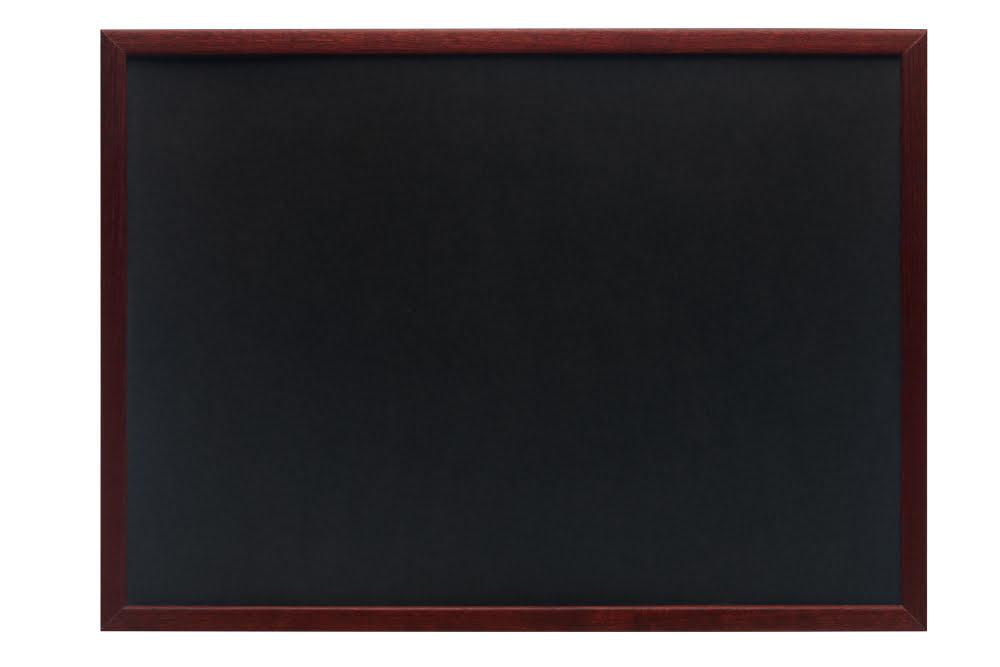
Chalkboard paint is a popular choice for creating a writable surface in homes and offices. It can be applied to walls, furniture, or any other surface that you want to turn into a chalkboard.
When it comes to choosing the right kind of chalk for your newly painted board, there are two main options: traditional white or colored dustless chalks and liquid markers.
Traditional white or colored dustless sticks work well on most surfaces including painted ones. They produce less dust than regular sidewalk chalking which makes them perfect for indoor use as they won’t leave behind any residue that could damage your floors.
Liquid markers are another option if you prefer more vibrant colors and cleaner lines when writing on your board. These markers come in various colors such as neon pink, blue-green among others making them ideal for artistic designs but may not be suitable if you need fine details like handwriting because they tend to bleed outwards from where they were initially drawn.
Can You Use Regular Chalk On the Sidewalk?
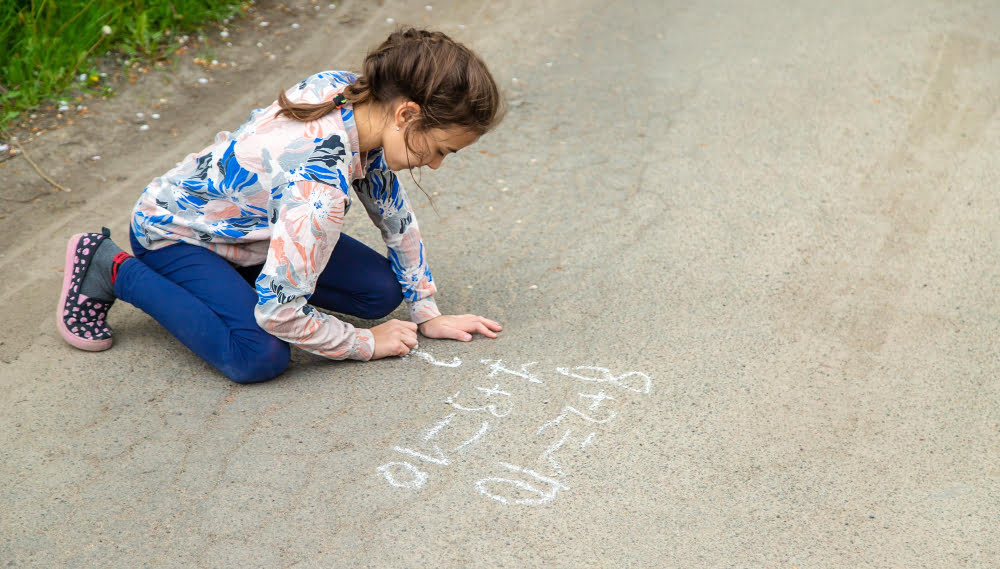
It’s important to note that regular chalk may not be as vibrant or long-lasting as sidewalk chalk. This is because sidewalk chalk contains more pigment and binding agents than regular classroom-style whiteboard or blackboard chalk.
While using regular classroom-style whiteboard or blackboard chalking for drawing hopscotch grids, doodling with friends in your driveway might seem like a good idea; keep in mind that these types of chalking are not designed for outdoor use. They will likely fade quickly due to weather conditions such as rain and wind.
Final Thoughts
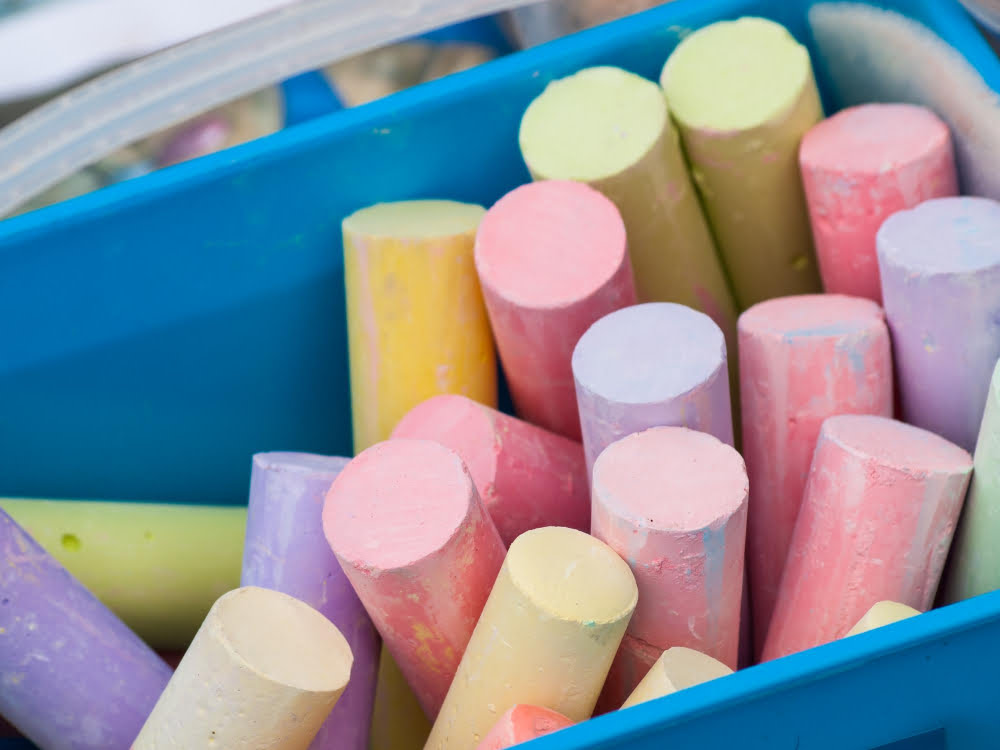
There are some things to keep in mind before doing so. Sidewalk chalk has a different composition than traditional classroom chalk and may cause damage or staining if not used correctly.
If you decide to use sidewalk chalk on your board, make sure the surface is clean and free of debris. Wetting the tip of your sidewalk chalk will also help prevent scratching or damaging the board’s surface.
Using sidewalk chalk on a blackboard can be an excellent way to add color and creativity while engaging students in learning activities. It’s essential always to consider potential damages when using non-traditional materials like this one.
Whether you’re looking for an alternative option due to limited supplies or want something new for artistic expression – give it a try! Just remember these tips we’ve shared with you today so that everyone can enjoy their time drawing without any worries about ruining surfaces unnecessarily!
FAQ
Can I use sidewalk chalk on chalkboards?
Yes, you can use sidewalk chalk on chalkboards as it is highly versatile and suitable for various surfaces including sidewalks, driveways, and indoor chalkboards.
Is sidewalk chalk and chalkboard chalk the same?
No, sidewalk chalk is designed for outdoor use and washes away with water while chalkboard chalk is used indoors for instructional purposes and is erased with a special eraser.
What kind of chalk can you use on a chalkboard?
You can use regular chalk, such as basic Crayola chalk, on a chalkboard, as it allows for easy shading and outlining by adjusting the pressure applied.
Can you use regular chalk on chalkboard paint?
Yes, you can use regular chalk on chalkboard paint as it turns your wall into a chalkboard-like surface, allowing for easy drawing, writing, and erasing.
What are the differences between sidewalk chalk and chalkboard chalk in terms of composition and usage?
Sidewalk chalk primarily contains calcium sulfate and is more coarse for use on outdoor surfaces, while chalkboard chalk typically features calcium carbonate and is smoother, better suited for indoor blackboards.
Are there any disadvantages or damages caused by using sidewalk chalk on a chalkboard?
Using sidewalk chalk on a chalkboard may cause scratches and dust accumulation due to its rough texture and larger particle size.
Can you use chalk markers as an alternative to both sidewalk chalk and chalkboard chalk?
Yes, chalk markers can serve as an alternative to both sidewalk chalk and chalkboard chalk, offering versatility and vibrant colors for various surfaces.
Recap:
